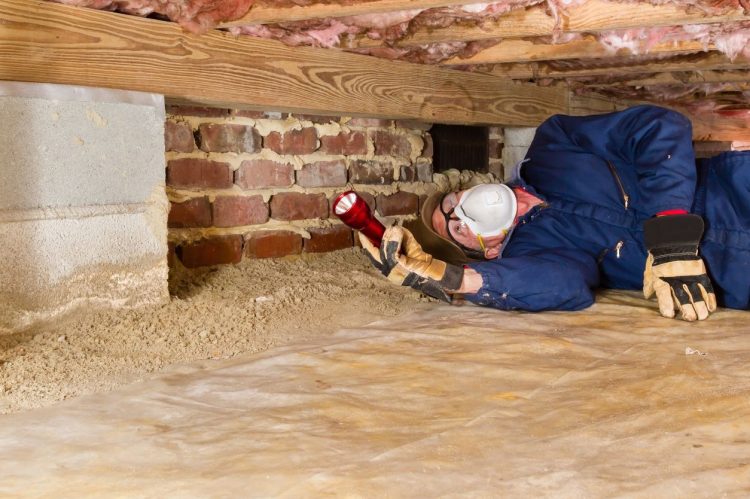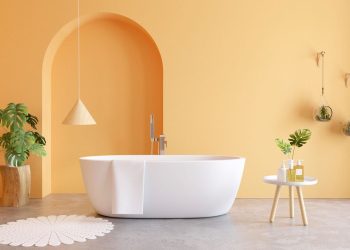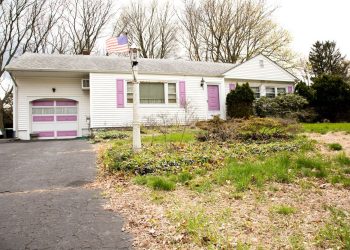If you’ve noticed a musty odor or poor air quality in your home, the problem might be originating in your crawlspace. Conditions in the area beneath your house can have a direct impact on the quality of the air you breathe.
Common Problems in Crawlspaces
Rainwater can seep into a crawlspace, or a plumbing leak can allow water to slowly enter the area. No matter how moisture gets there, if the crawlspace doesn’t have adequate ventilation, it can become a breeding ground for mold.
For rodents and insects, crawlspaces are attractive places to seek shelter. They can build nests and leave behind waste with a foul odor.
Insulation in a crawlspace is supposed to keep outdoor contaminants and moisture from getting into the house. If insulation has gotten damaged over the years, it may be unable to provide the protection it’s supposed to.
Radon is a colorless and odorless gas that’s found in soil. If a crawlspace isn’t well insulated, radon can enter.
How Conditions in Your Crawlspace Can Affect Your Indoor Air Quality
Air from your crawlspace can naturally rise and make its way into your house. If that air contains mold spores, waste, allergens, or radon, those contaminants will also be drawn into your home.
Poor indoor air quality can be a serious problem, especially for people with preexisting conditions, such as asthma and allergies. If you or a member of your family has experienced worsening symptoms recently, it’s likely due to contaminated indoor air. If radon gas enters your house, you won’t notice ill effects right away, but long-term exposure to radon can have devastating consequences. It’s been linked to an increased risk of lung cancer.
Find out If Your Crawlspace Is Affecting the Air in Your House
Homeowners often assume that poor indoor air quality is due to dust, pet dander, or other allergens in their house or think their HVAC ducts are overdue for a cleaning. Those are common sources of poor indoor air quality, but problems can also originate elsewhere. If you have a crawlspace, that might be the source of the issue.
You can inspect the crawlspace yourself and check for mold or signs of a pest infestation or hire a contractor to perform an inspection. Once you know what you’re dealing with, the contractor will be able to recommend an appropriate solution, such as installing a vapor barrier to keep moisture out, insulating and sealing the crawlspace, or using vents and fans to improve ventilation and prevent the growth of mold.











